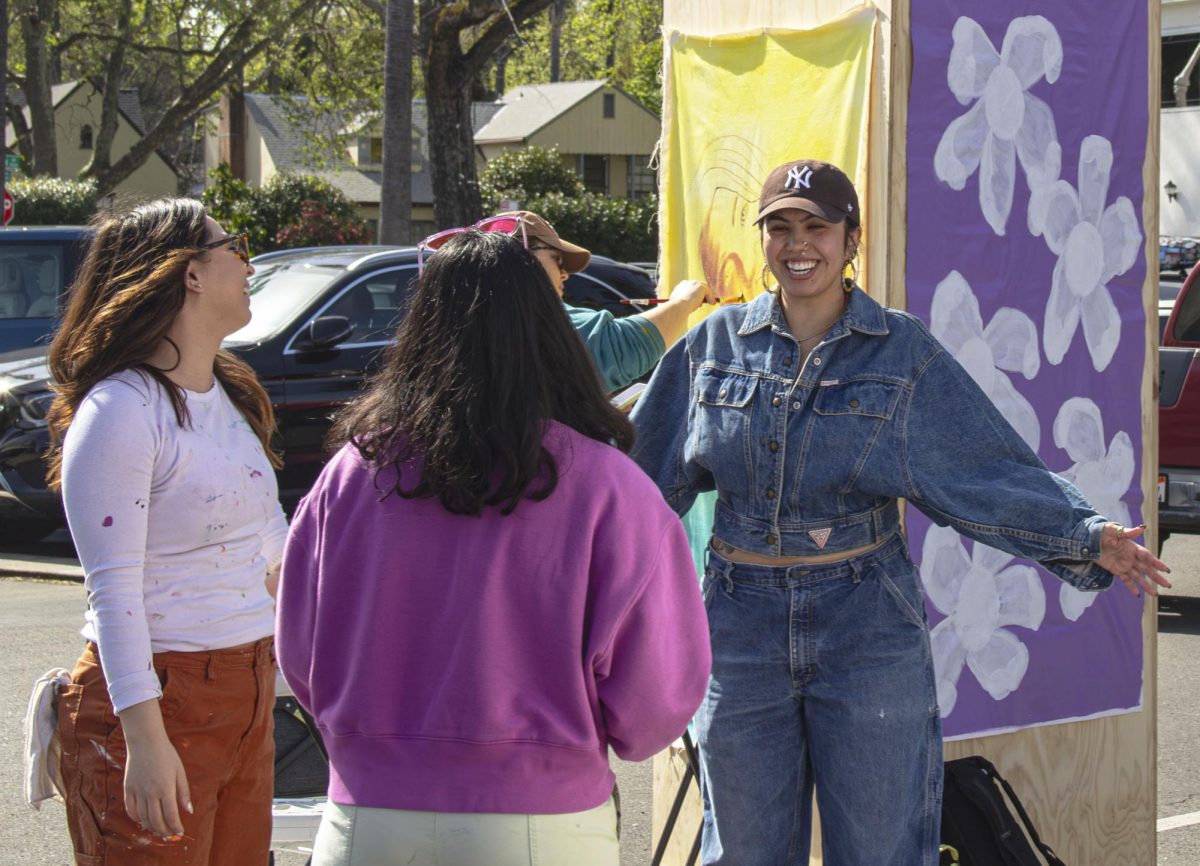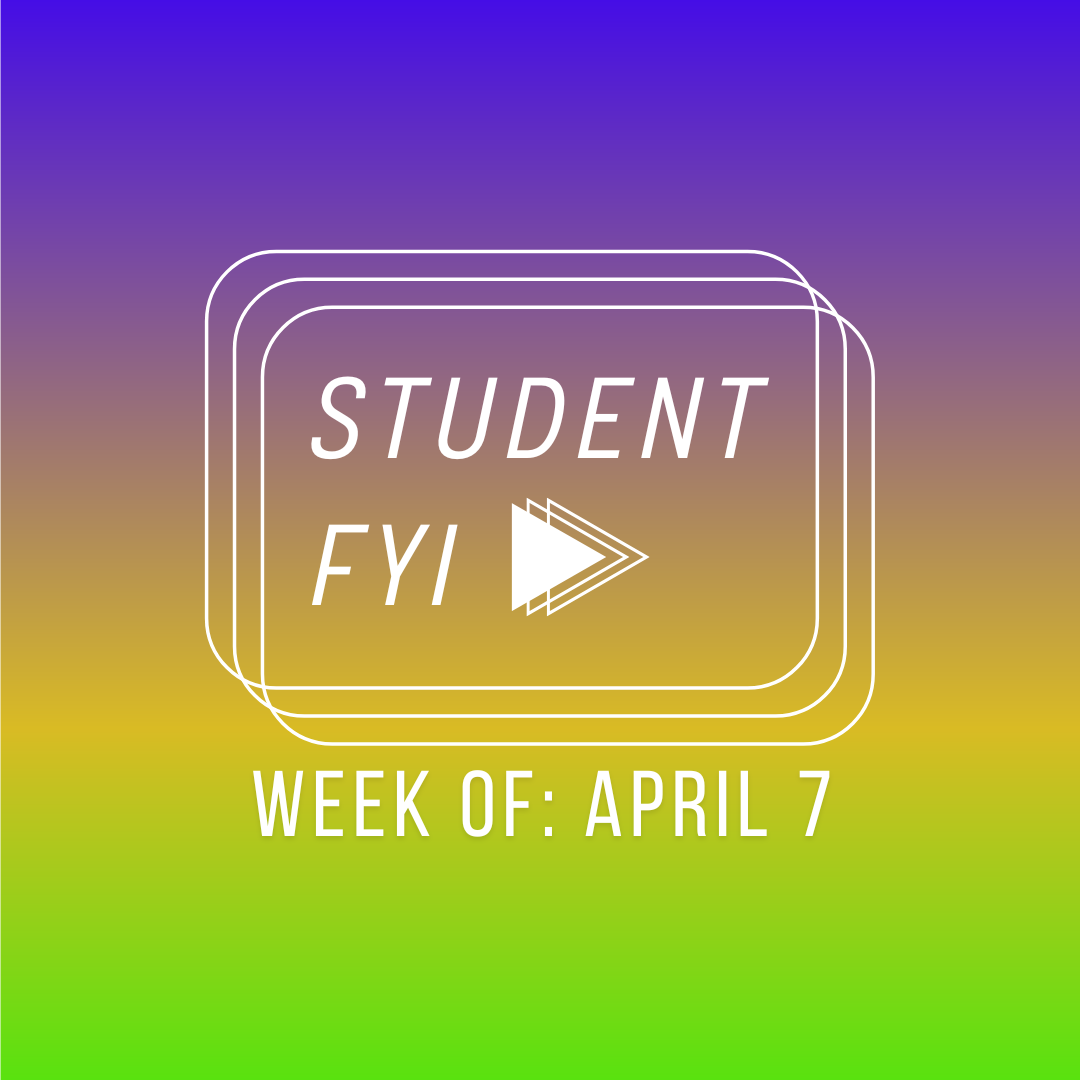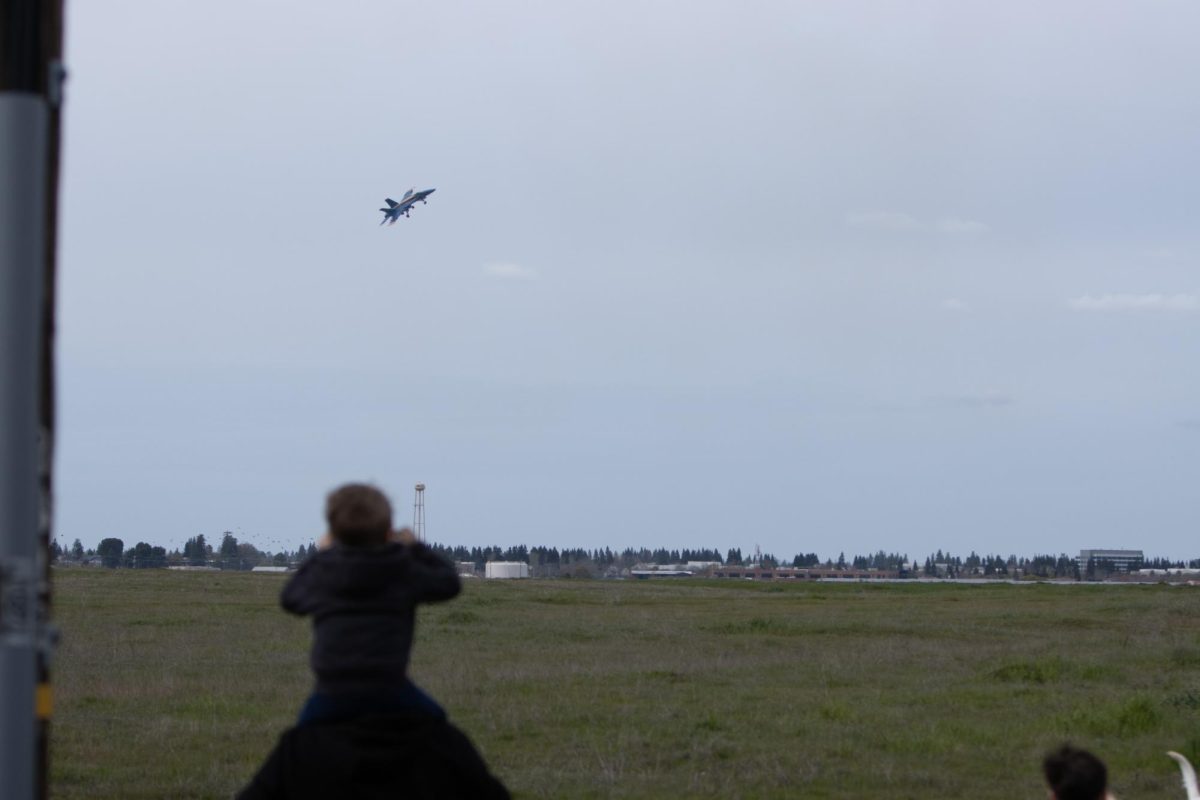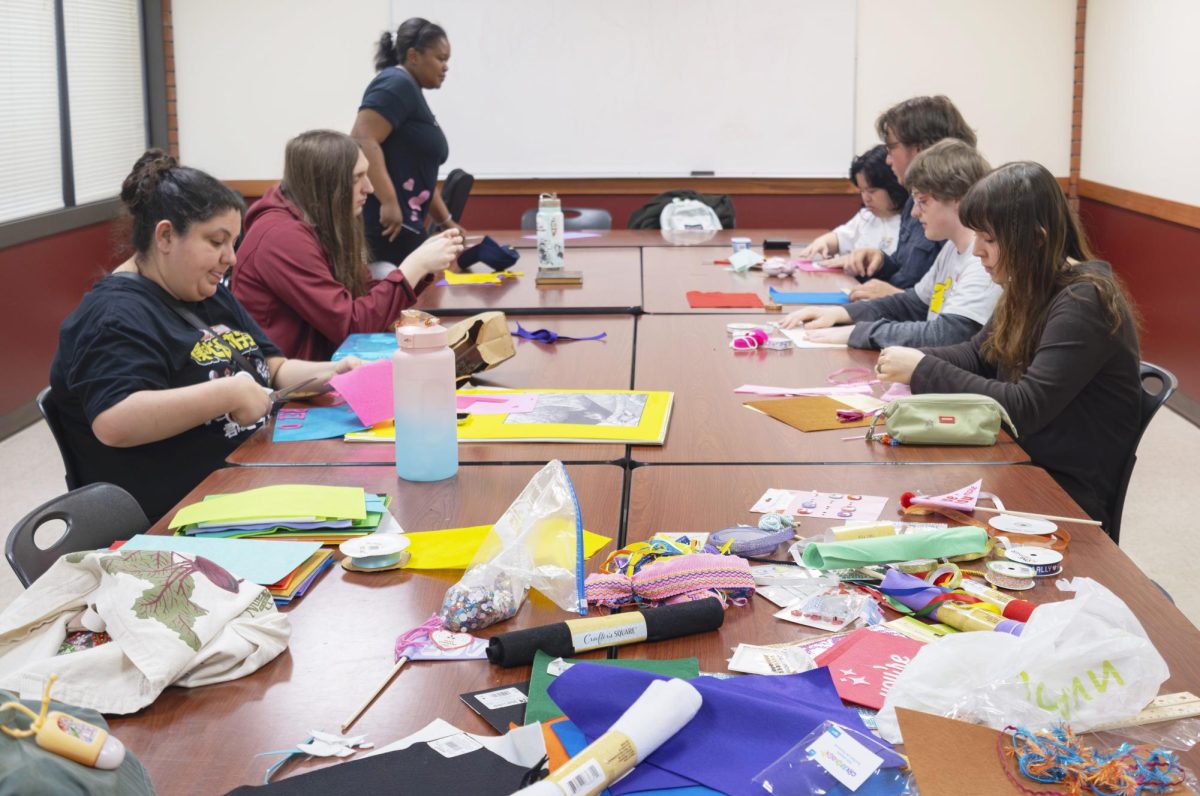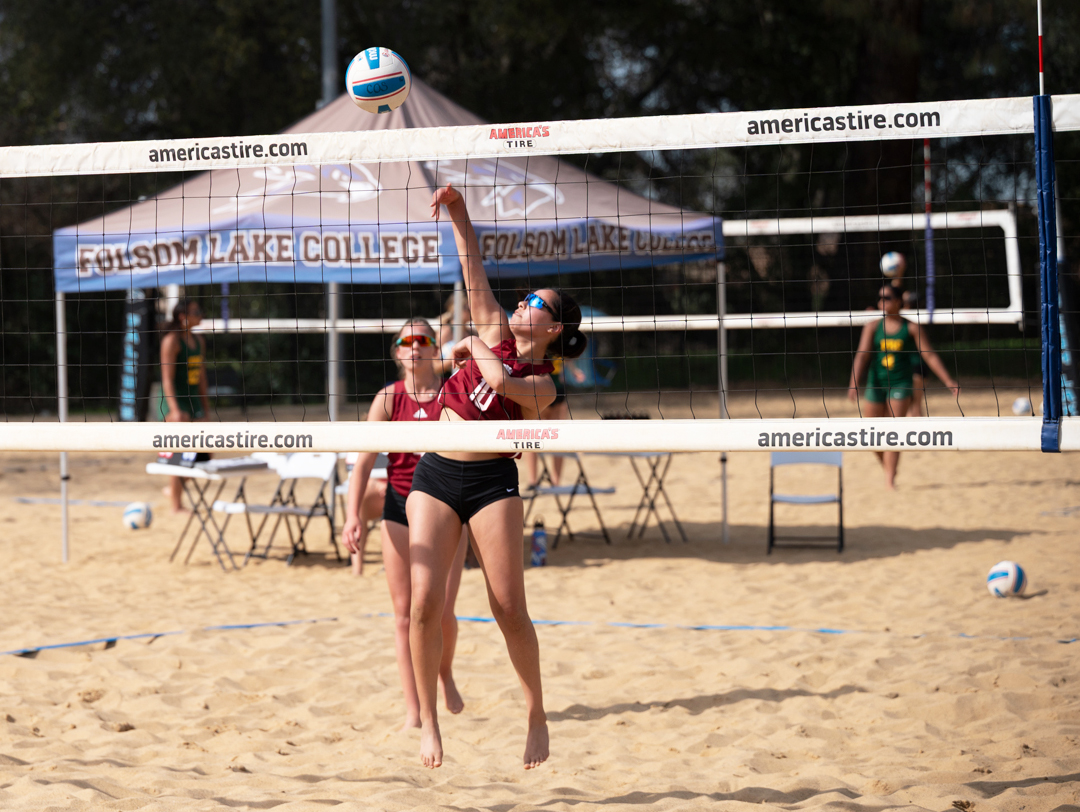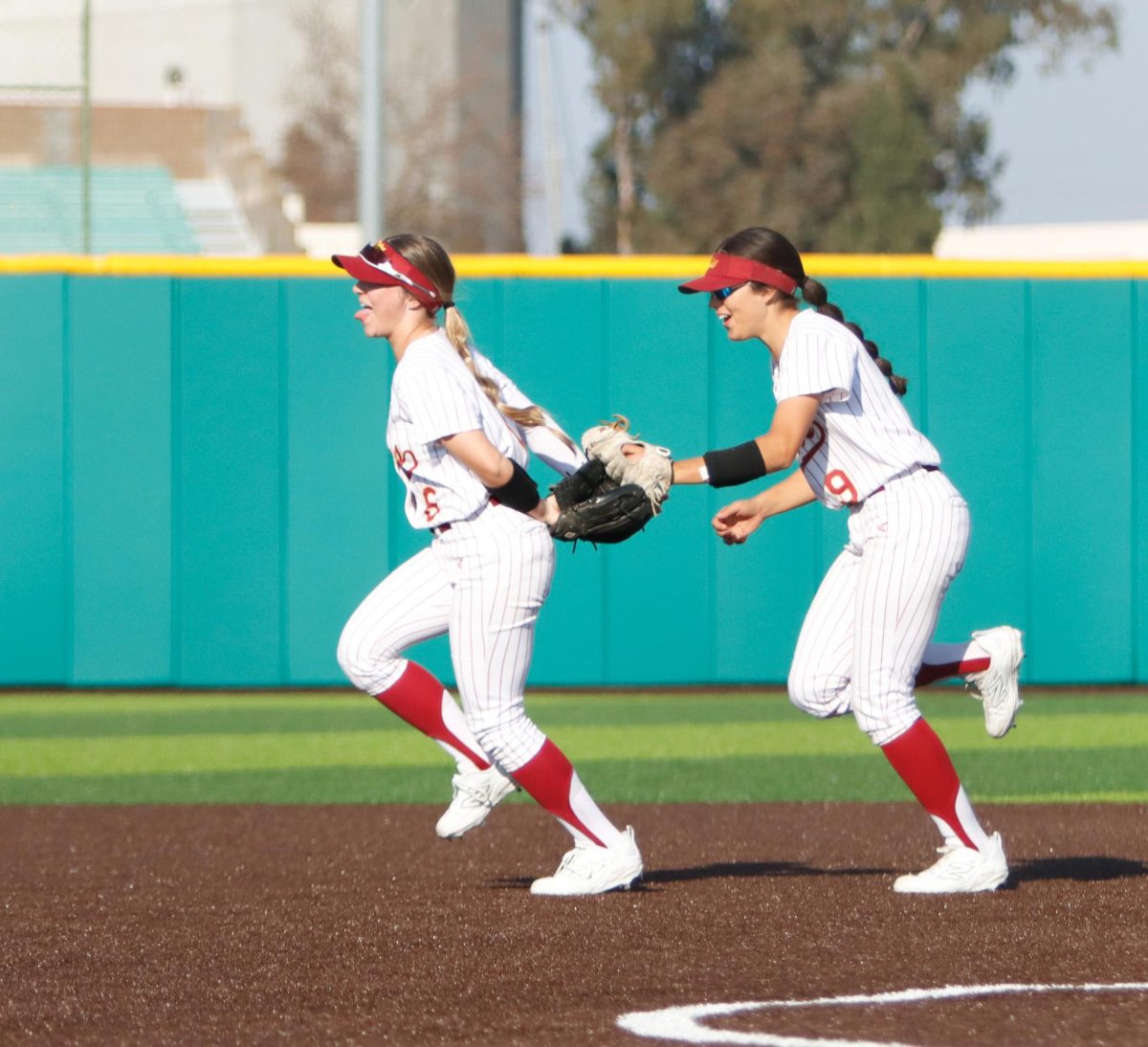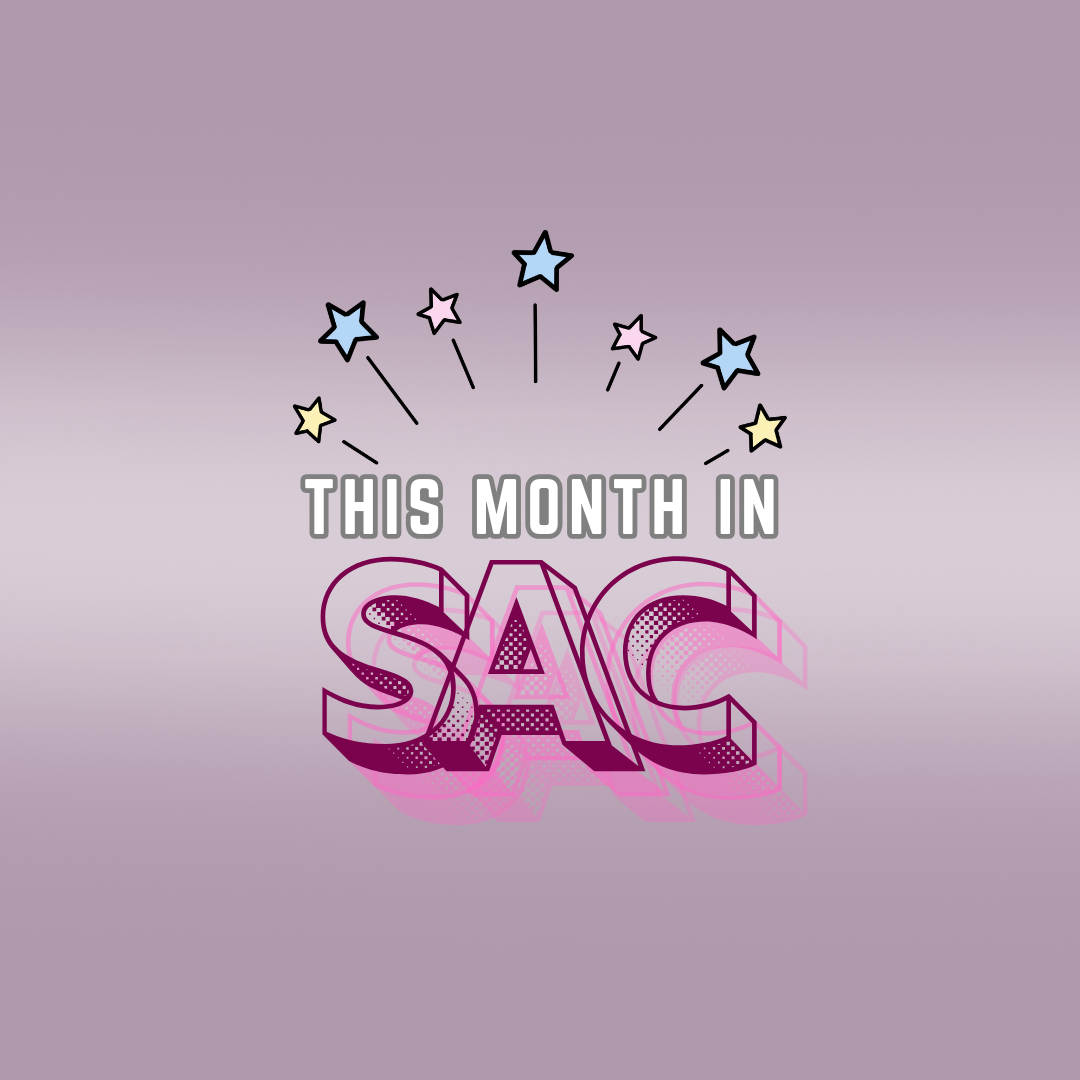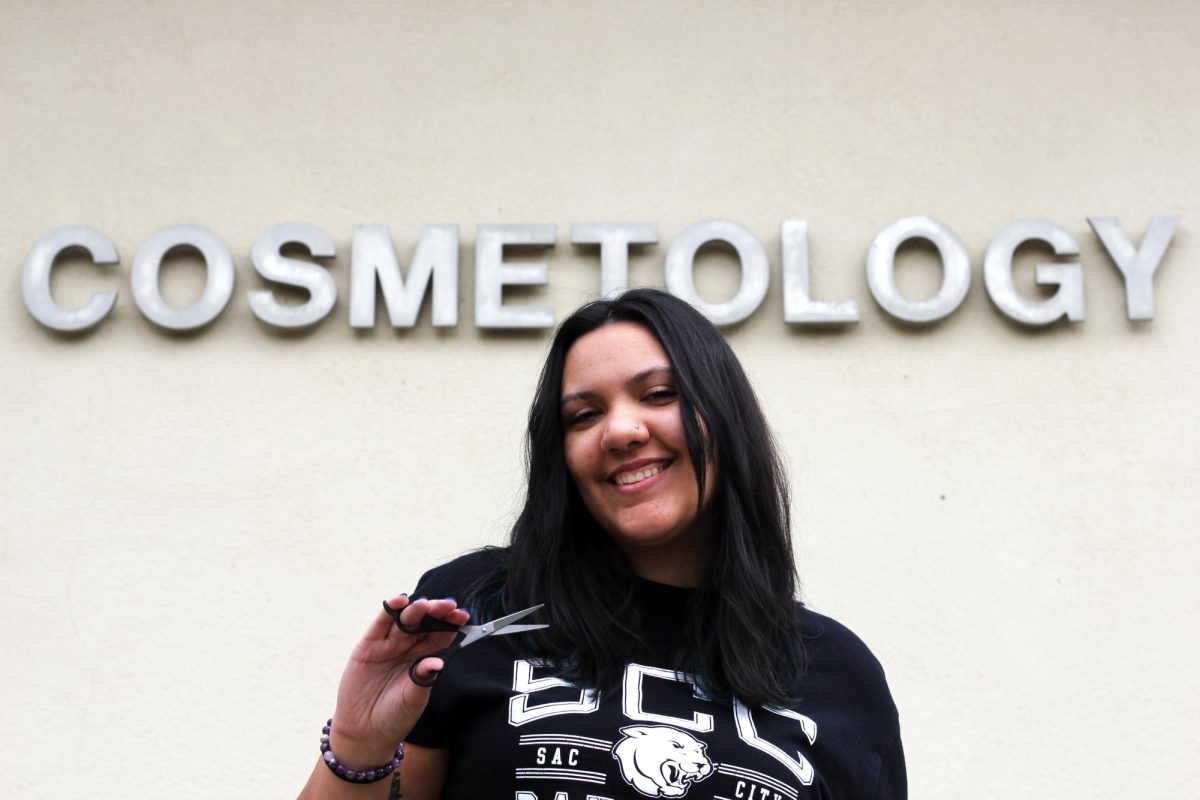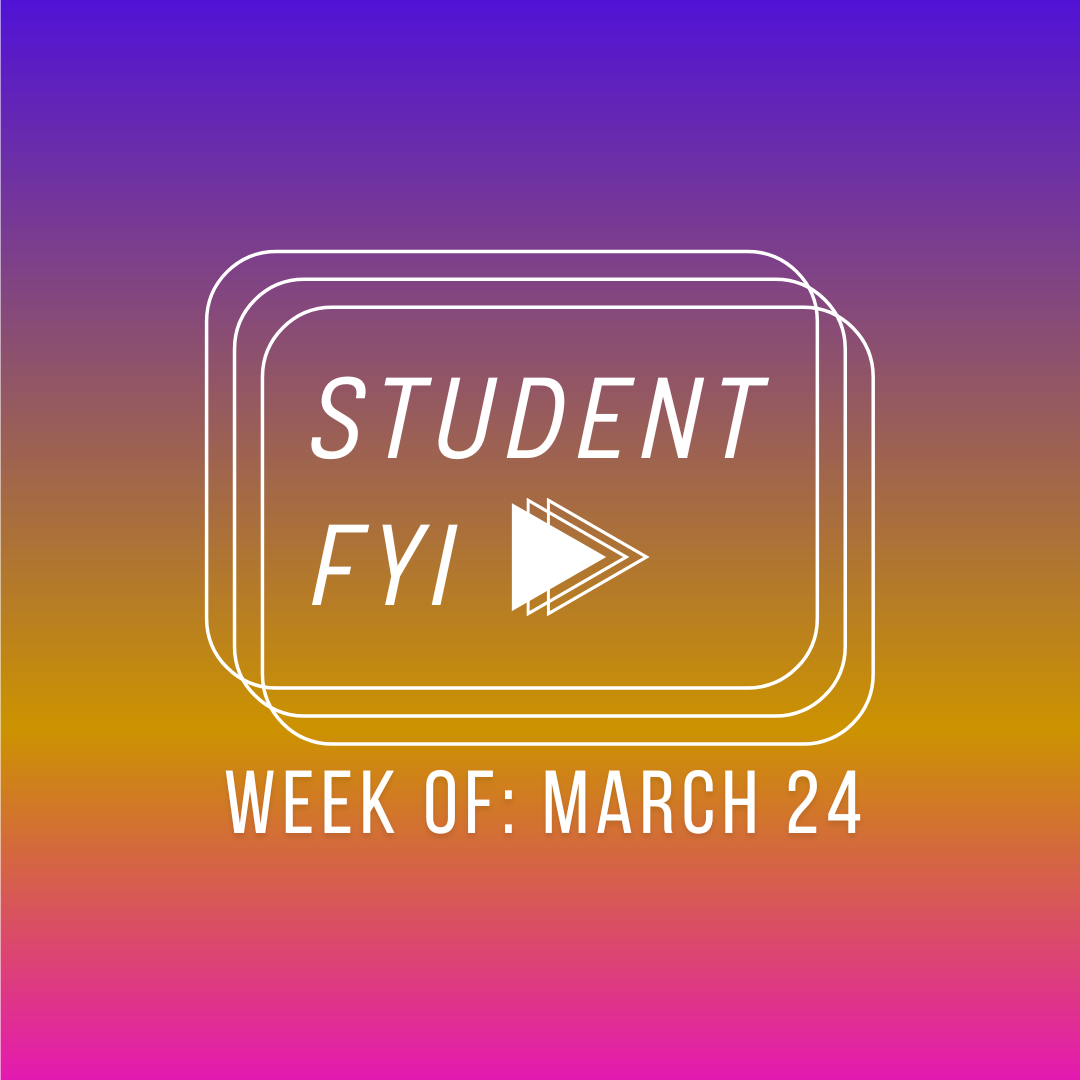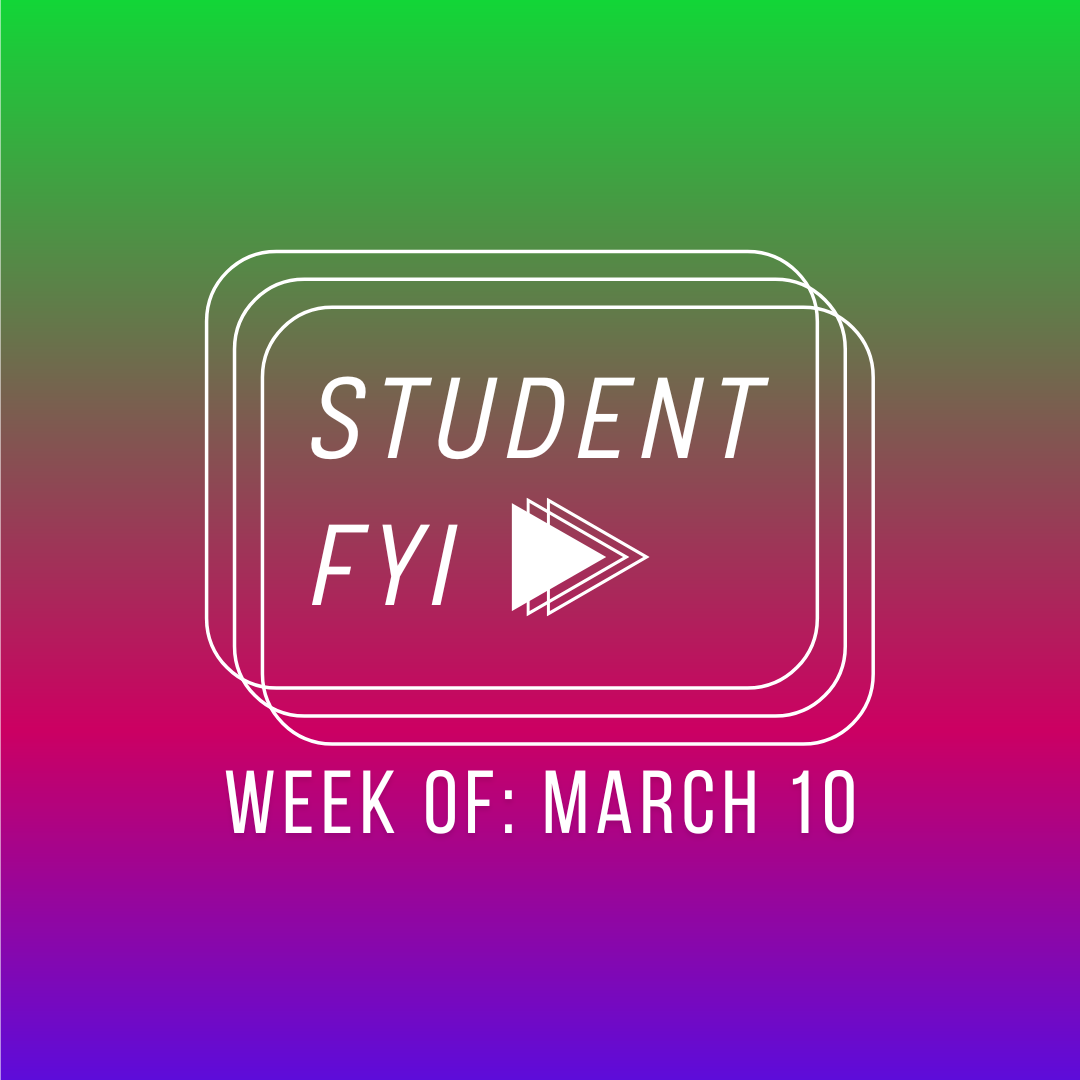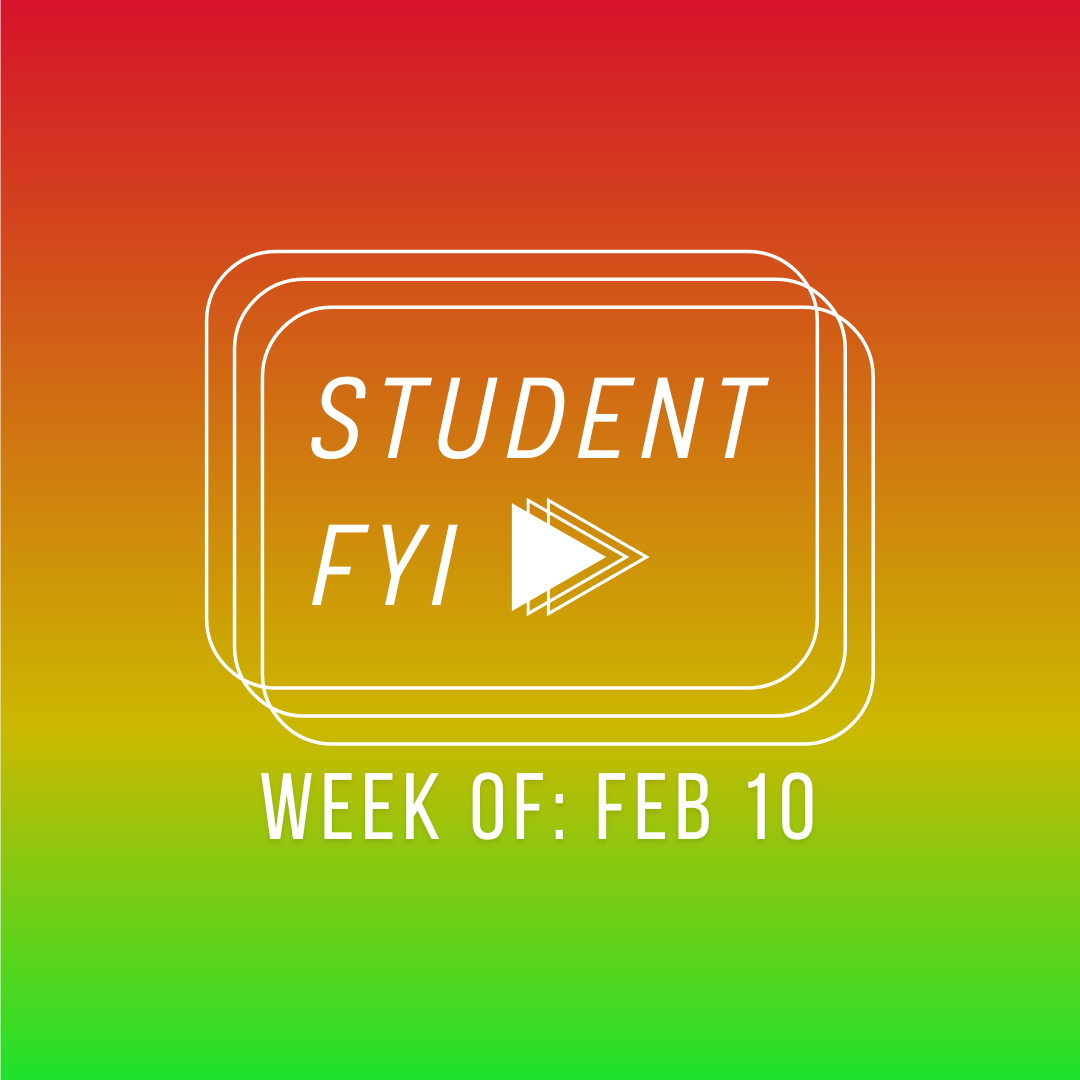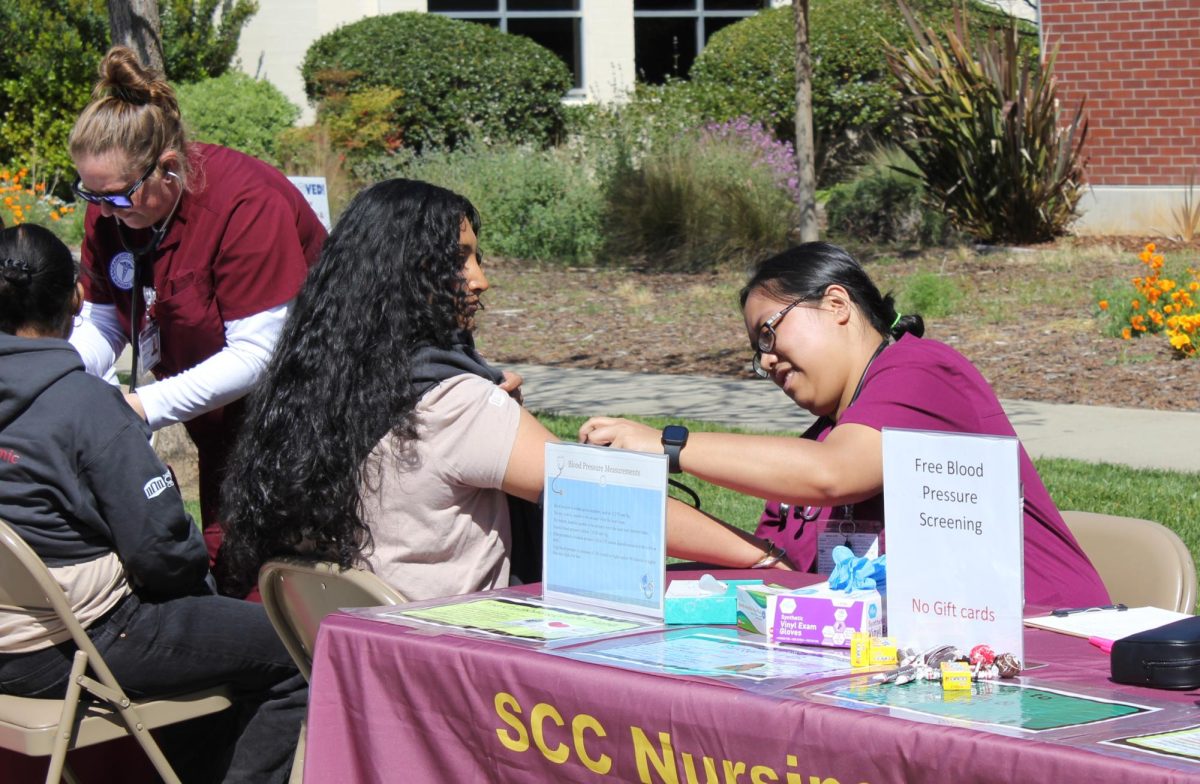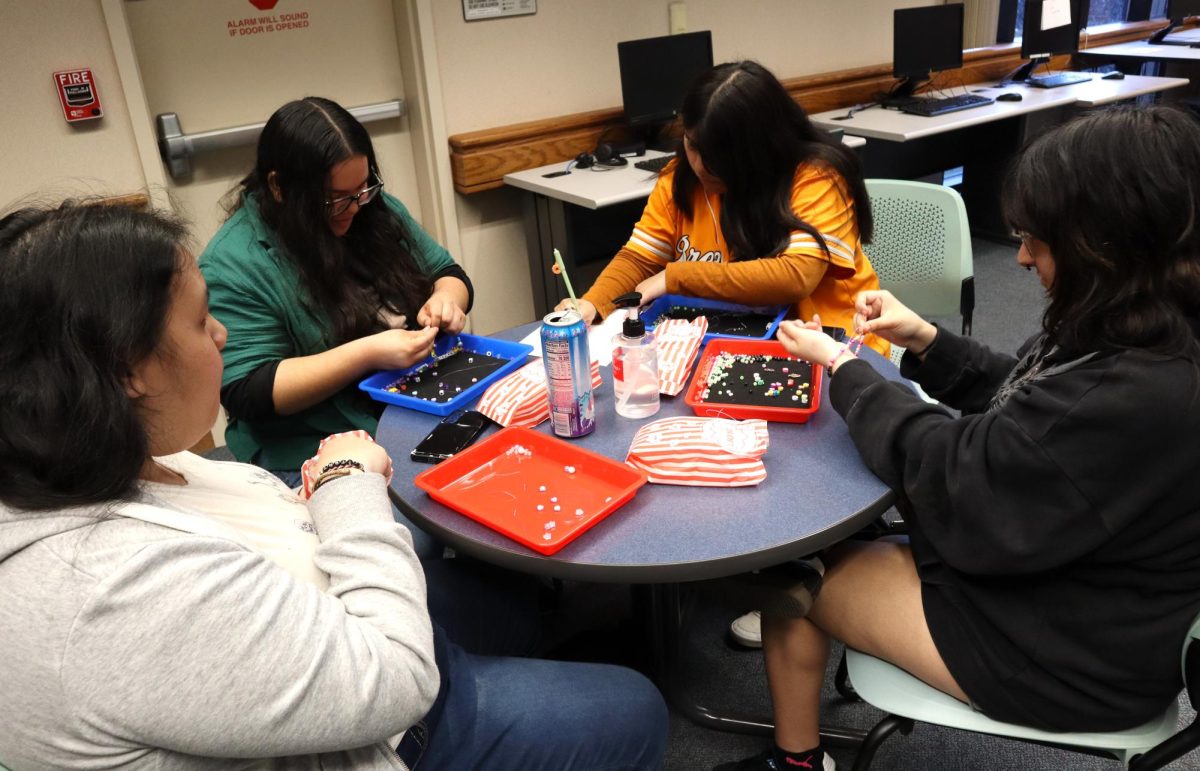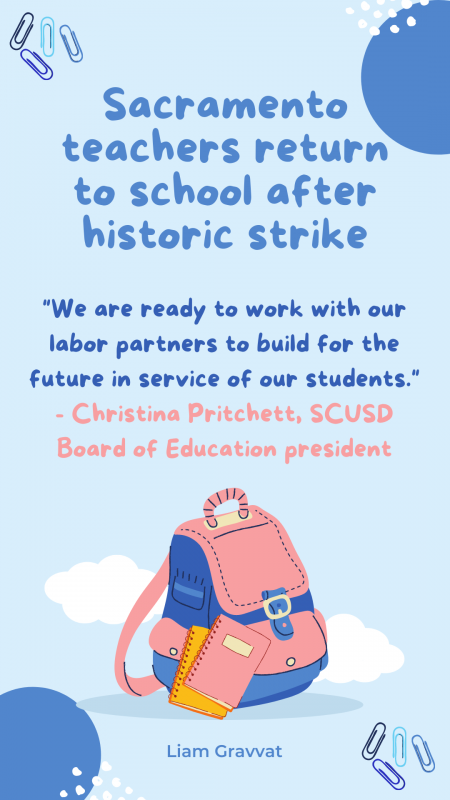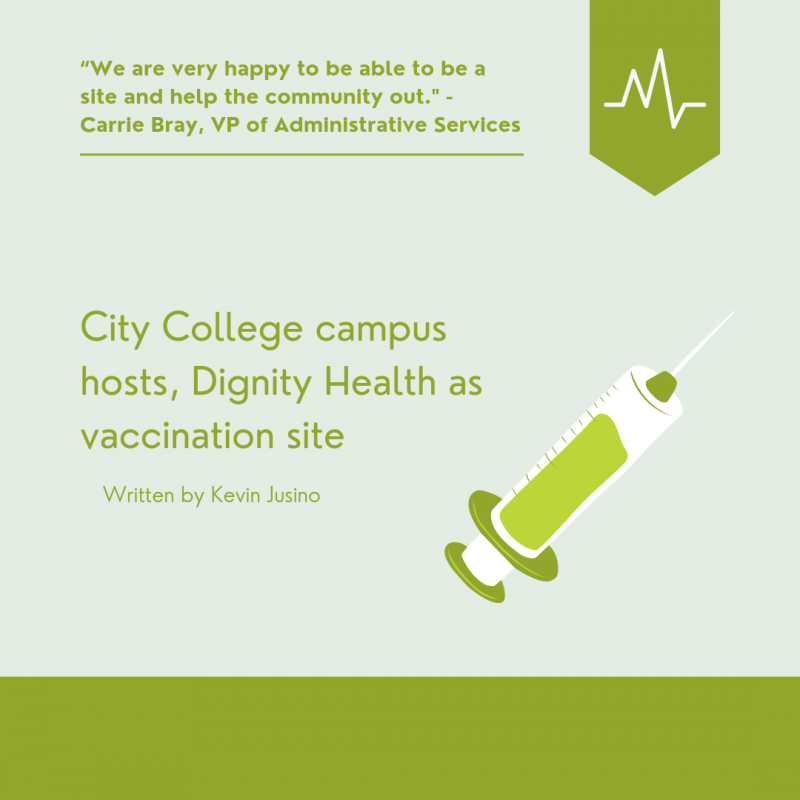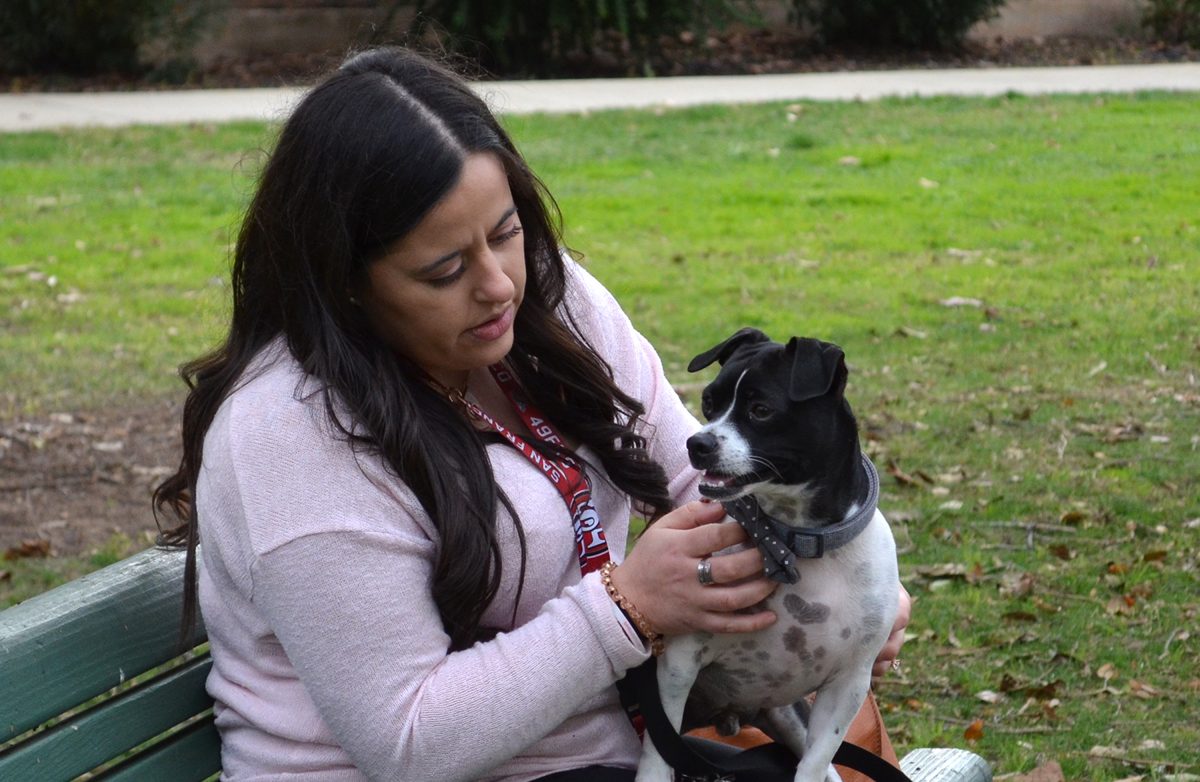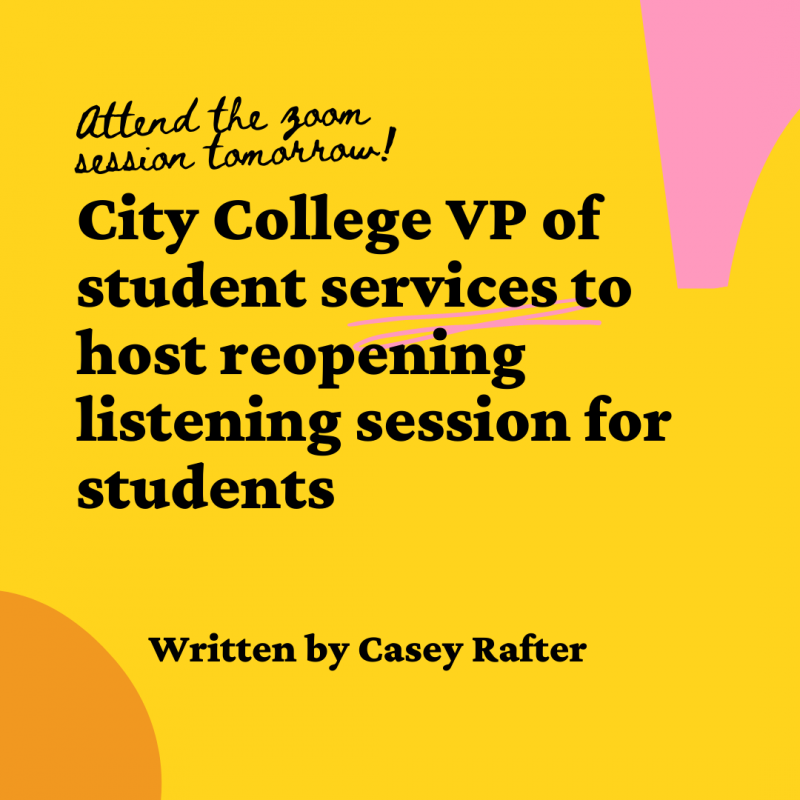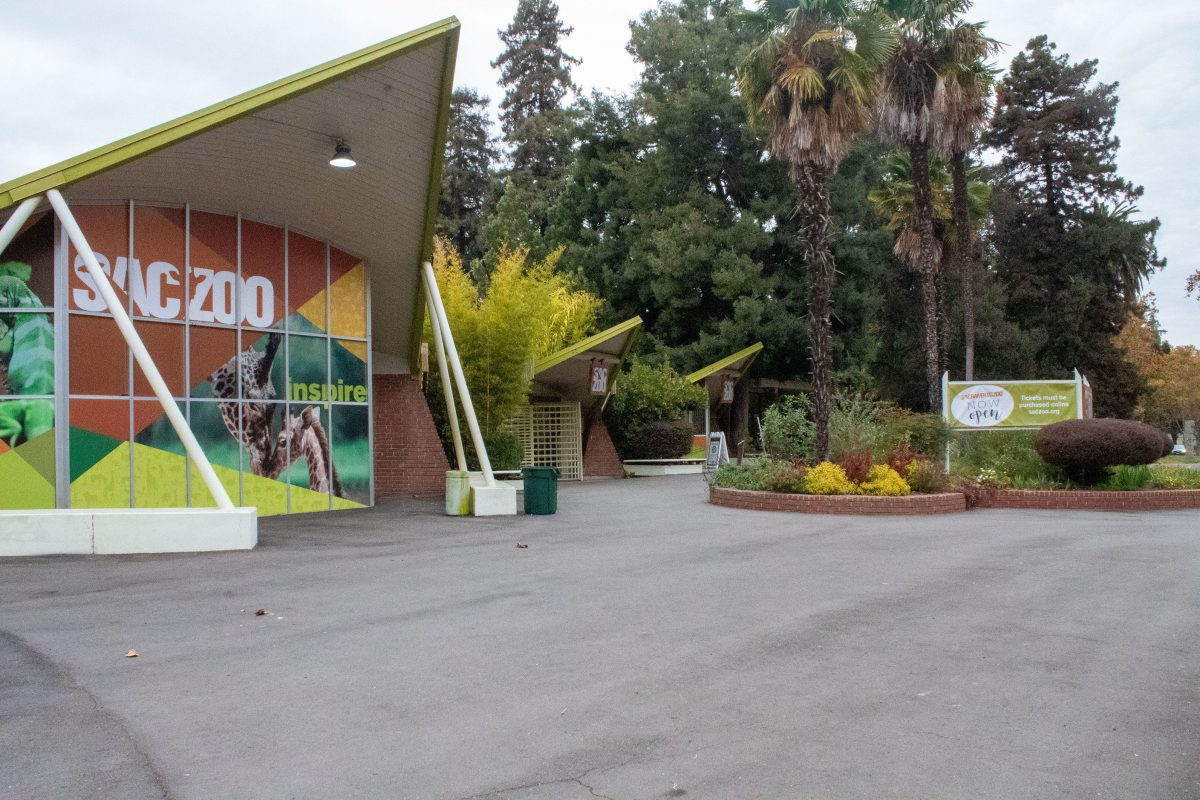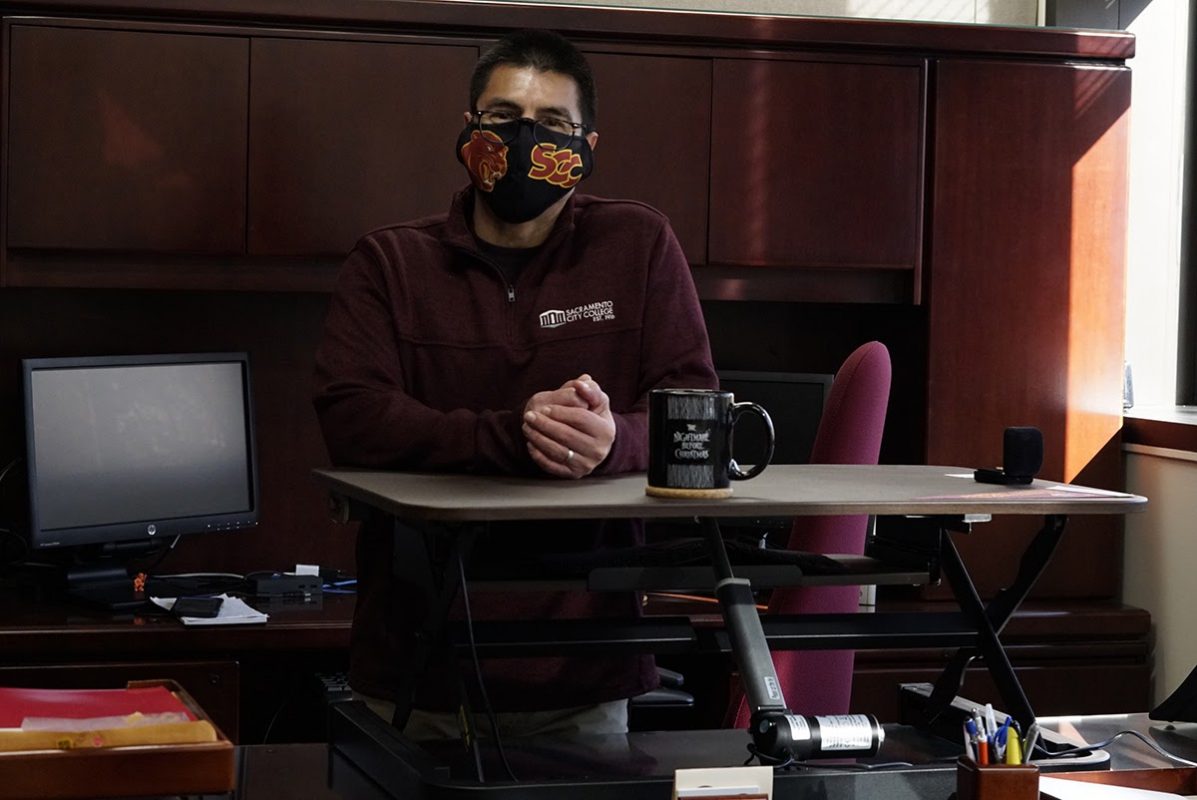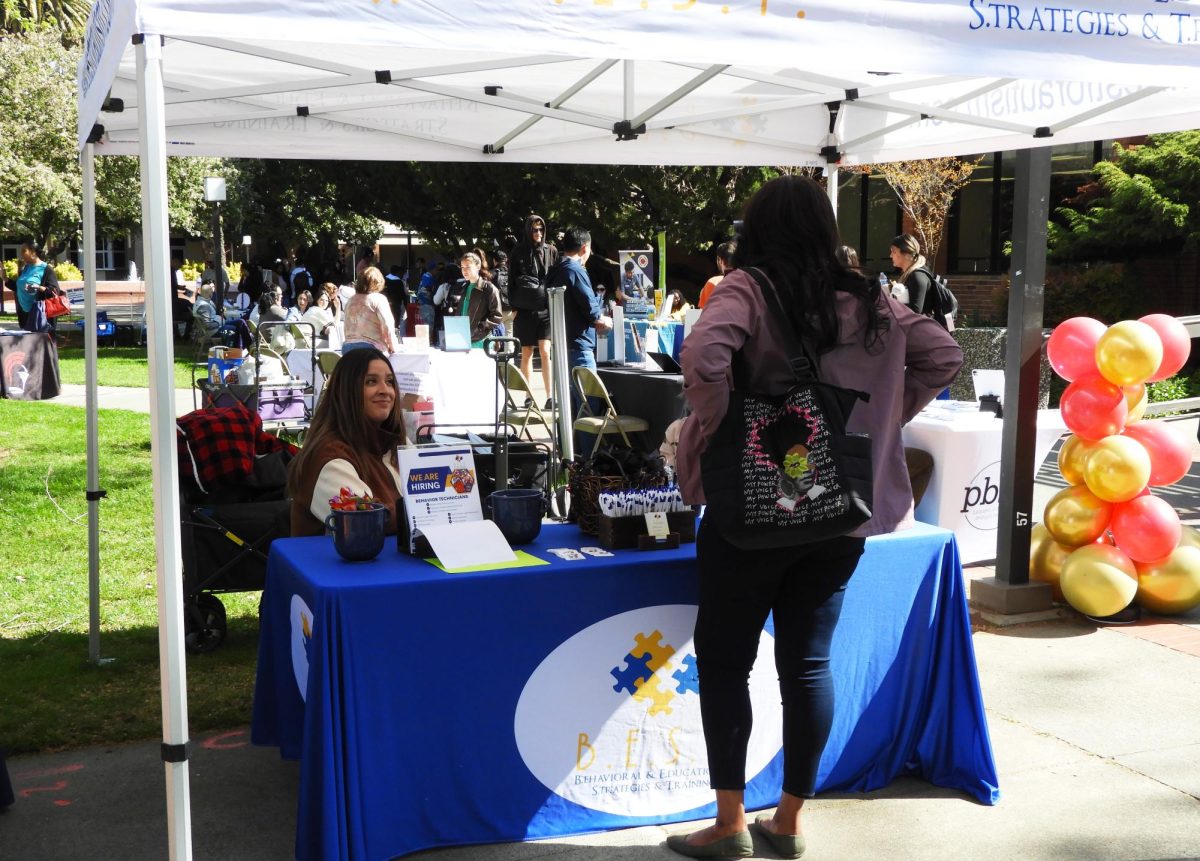Sacramento City Unified School District teachers may have had an extra week off this spring, but it wasn’t exactly a restful vacation. Instead, many teachers spent those days on strike and picketing in a protest against their district as students had an extended rest at home.
Children and young adults across Sacramento re-entered their schools April 4 for the first time in over a week following the longest strike in decades in the Sacramento City Unified School District that lasted from March 23 to April 3.
The Sacramento City Teacher Association and the Service Employees International Union 1021 ended their 11-day-long strike once they reached an agreement with the district to increase employee compensation, retain paid health coverage and improve working conditions for SEIU employees.
David Fisher, a second grade teacher and president of the SCTA for the past five years said, “This year ,we’ve already received over a hundred resignation letters for the end of the year going into next year. … We’ve had issues with vacancies and struggling to recruit and retain teachers. What was already a problem just escalated into a crisis.”
Fisher is hopeful the new conditions in their agreements will help attract and retain teachers.
The tensions came to a head on March 23 when SCUSD educators and staff went on strike, which caused schools in the district to close. About 4,600 teachers and employees walked the picket line, according to an SEIU press release.
The SEIU Local 1021 union, which encompasses bus drivers, custodians, cafeteria workers and other state and education employees, went on strike in unison with SCTA and for many of the same reasons. The unions gathered on the same picket lines at the same locations in their joint push for better treatment and compensation.
Karla Faucett, SEIU 1021 education industry chair said, “We had a lot of the same common issues [as SCTA]: a massive shortage of staffing, we had no hiring incentives. … We’re not asking for huge demands, we just want what is fair. … We want to do the best that we can for our students.”
Following lengthy, strained negotiations, the districtwide strike ended April 3 as SEIU and SCTA reached an agreement with the district to get students back to class while improving pay and working conditions for all education employees.
A 4% salary increase for education employees, a 25% increased daily rate for substitute teachers, added signing and retention bonuses for bus drivers, as well as a plan to increase health coverage savings are all included within the agreement.
Fisher is hopeful the new conditions in their agreements will help attract and retain teachers.
“We are overjoyed that our students can return to school tomorrow,” said Christina Pritchett, SCUSD Board of Education president, in a press release regarding the end of the strike.
On the topic of potential health coverage savings, Jorge A. Aguilar, SCUSD superintendent, said in a press release, “The shared commitment to use these savings to invest in students is something we should celebrate.”
As the tensions loosen, both parties said they look toward a better, communicative future where a conflict such as this can be avoided.
SCTA President David Fisher is hopeful for improved dialogue between unions and the district moving forward. Those involved are not aiming for strikes to be a repeat occurrence, if possible, he said.
“The first big task … is to try to figure out how to make up some of the days,” Fisher said regarding the classroom days lost to the strike. “There seems to be, conceptually, a meeting of the minds that something needs to be done.”
Students might end up having to stay in school an extra week in June to make up for lost time.
“Now we must turn our focus to making the most of the rest of this very hard year, and we are ready to work with our labor partners to build for the future in service of our students,” Pritchett said.


